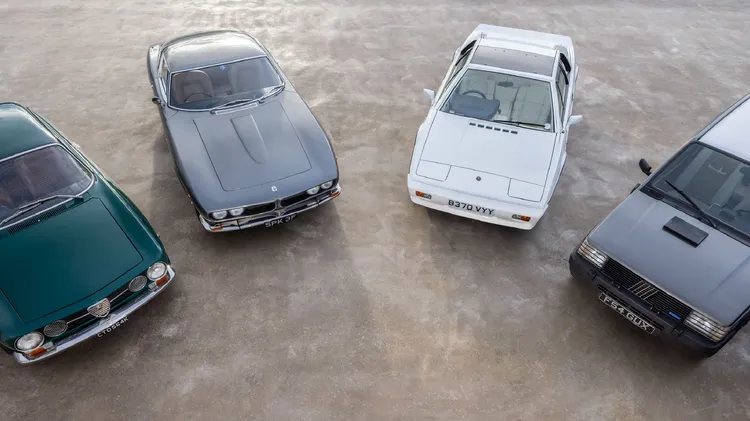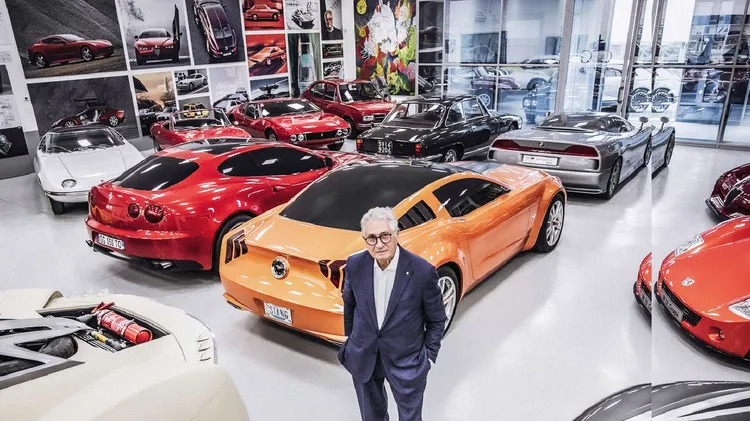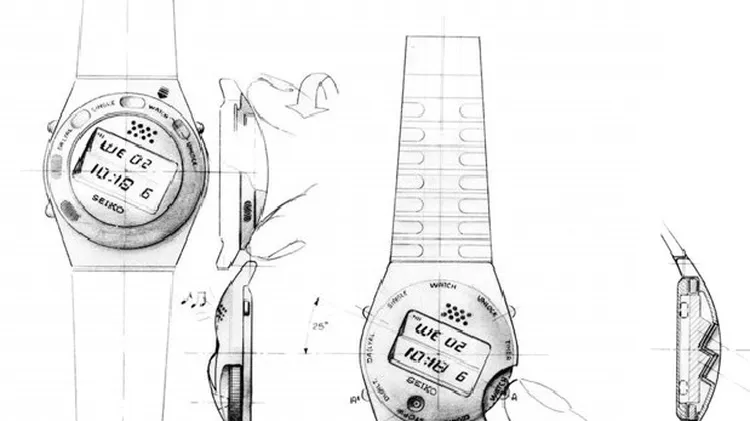A design great rarely credited for his masterworks, which include the Cisit
Giovanni savonuzzi
3 min read
This article is from...
Read this article and 8000+ more magazines and newspapers on Readly






